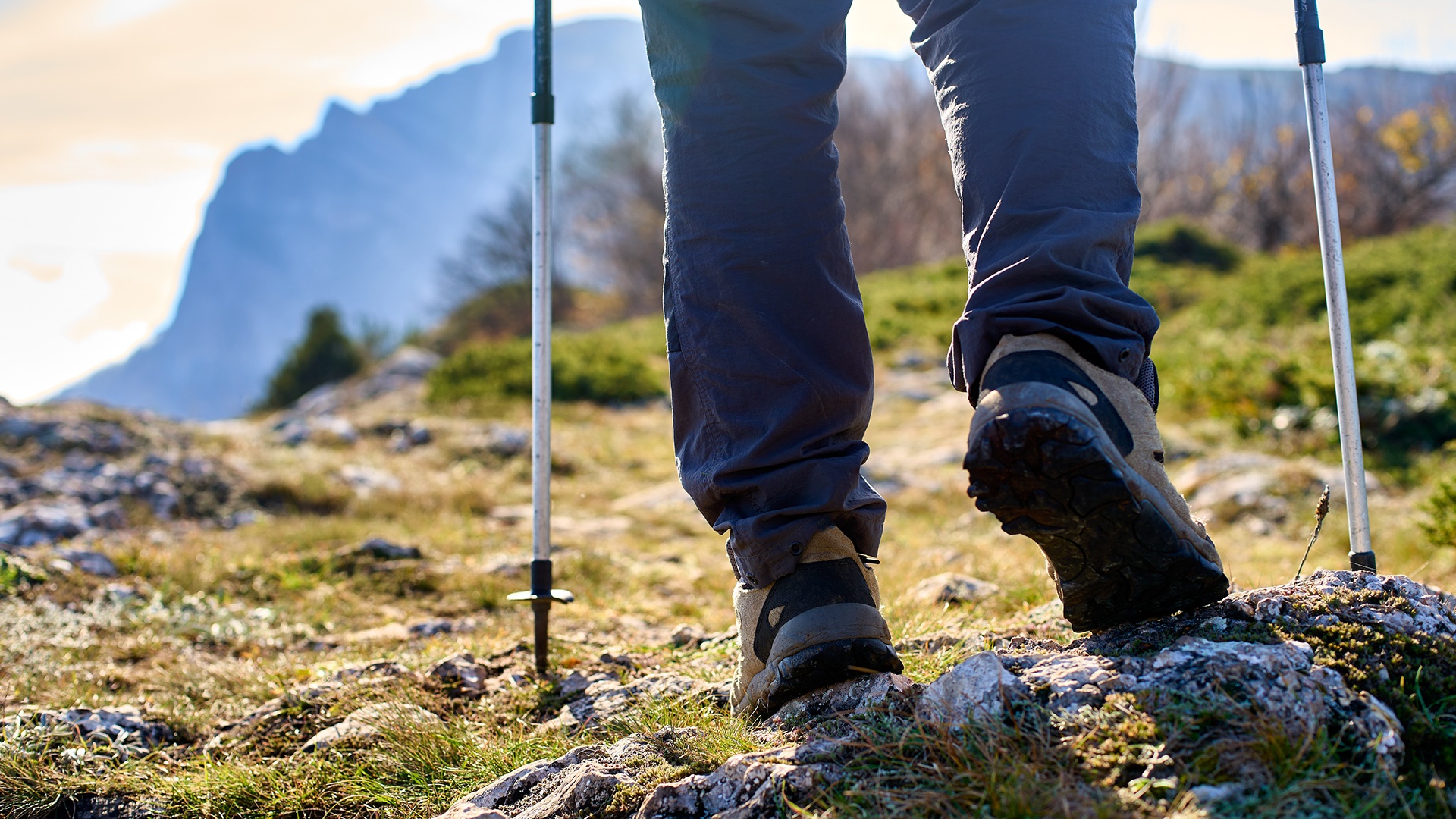Mountain safety
10 examples of best practice
Mountain areas should not be underestimated, either from an environmental standpoint or in terms of weather. It is therefore important to follow these useful suggestions, which will help you avoid risks and have an enjoyable day, while also keeping safe and respecting nature.
Plan your hike carefully and in advance
Choose a route indicated by the CAI or by tour guides, to suit your capacity and your level of fitness. Assess the length of the route, the changes in height and walking time.
Always take a topographical map with you when you're hiking
Mobile networks are often unavailable up in the mountains. It is vital to be able to position yourself, and to have valuable knowledge about the route ahead in case you need it.
Always check local weather forecasts
It is important to always check the latest weather forecast, both on the day before your hike and before your departure. The weather in the mountains can change suddenly, so it is good to be prepared, both in terms of the right clothing and with a possible backup plan. If a thunderstorm is approaching, either turn back or make for the nearest shelter; avoid isolated trees, and stay well away from a summit or ridge.
Clothing and footwear
Wear comfortable mountain boots, not slip-on shoes or those with smooth soles. The ideal footwear fits you perfectly, is light and waterproof and has non-slip soles.
Things to bring
Always set out with a waterproof backpack, with windproof clothing and a change of underwear. Bring drinks, energy bars, sunscreen, sunglasses and a hat. Don't forget a head torch if you're going on a long hike, and a first aid kit.
Never go out alone, and always tell others where you're going
If you are not familiar with the area, it's best to walk with others or rely on local guides (mountain guides or environmental hiking guides). Also, always let someone know where you're going, with details of the route you intend to take, including the points of departure and arrival, the location, the length of the hike and expected duration.
Always respect nature: take your rubbish home
Do not leave litter behind, even at huts high up in the mountains.
Do not light fires in the woods, only in specially equipped areas
Do not discard cigarette butts or lighted matches, they can set fire to dry grass.
Do not pick flowers
Many mountain flowers are protected species, and you are not allowed to pick them. If you want to remember their wonderful colours, take a picture. Avoid eating any fruits or berries that are not familiar, as they could be poisonous.
Do not disturb the animals and avoid making loud noises
Let’s try to be quiet; noise and shouting can disturb and scare away the animals, preventing us from observing them in their natural habitat.

